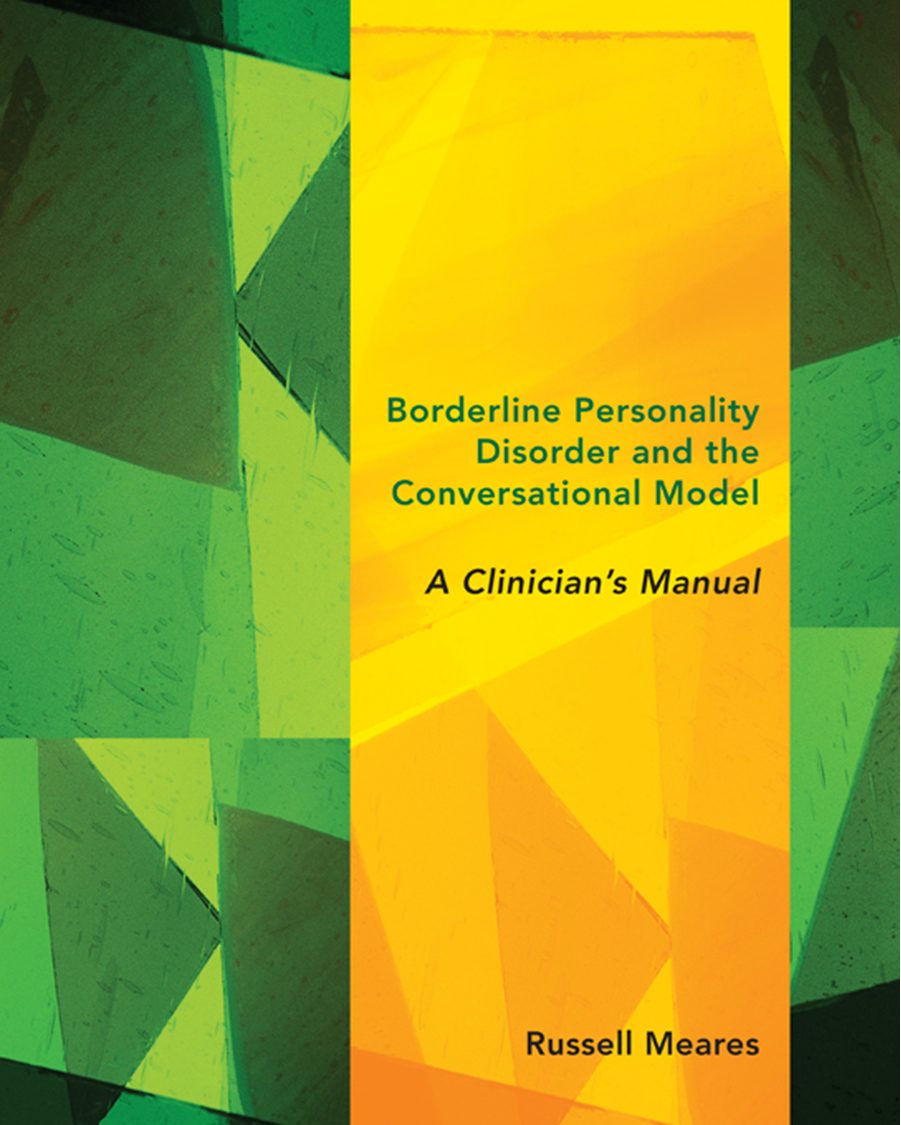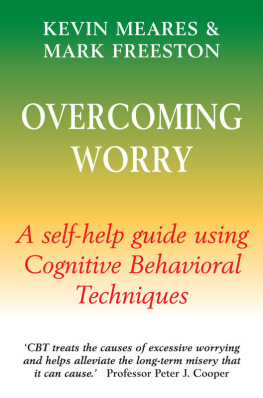
The Norton Series on
Interpersonal Neurobiology
Allan N. Schore, PhD, Series Editor
Daniel J. Siegel, MD, Founding Editor
The field of mental health is in a tremendously exciting period of growth and conceptual reorganization. Independent findings from a variety of scientific endeavors are converging in an interdisciplinary view of the mind and mental well-being. An interpersonal neurobiology of human development enables us to understand that the structure and function of the mind and brain are shaped by experiences, especially those involving emotional relationships.
The Norton Series on Interpersonal Neurobiology provides cutting-edge, multi-disciplinary views that further our understanding of the complex neurobiology of the human mind. By drawing on a wide range of traditionally independent fields of researchsuch as neurobiology, genetics, memory, attachment, complex systems, anthropology, and evolutionary psychologythese texts offer mental health professionals a review and synthesis of scientific findings often inaccessible to clinicians. These books aim to advance our understanding of human experience by finding the unity of knowledge, or consilience, that emerges with the translation of findings from numerous domains of study into a common language and conceptual framework. The series integrates the best of modern science with the healing art of psychotherapy.
A Norton Professional Book
BORDERLINE
PERSONALITY
DISORDER
and the
CONVERSATIONAL
MODEL
A Clinicians Manual
Russell Meares
Nick Bendit
Joan Haliburn
Anthony Korner
Dawn Mears
David Butt

W. W. Norton & Company
New York London
CONTENTS
Expanded Contents
To whom this book is addressed
Lack of cohesion of self central deficit of borderline personality disorder (BPD)
Outcome studies of the Conversational Model in BPD
Some main features of treatment approach
Potentiation of the non-specific effect
Organization of the book
The problem of a manual
Early background
Essential principles of the Conversational Model in BPD
Later developments
The self system: Definition
Development of self: The metaphor of play
Doubling and Fellow Feeling
From Dyad to Triad
Analogical relatedness and two forms of human language
Trauma: The second therapeutic focus
Intrusion of unconscious traumatic memory
Transference/cotransference and the expectational field
A therapeutic approach to traumatic memory
Language and the basic defect of BPD
A hierarchy of language
Chronicles and scripts
Right-hemispheric language
Features of right hemispheric language
Cohesion, reflection and the therapeutic screen
Pronouns
Questions
The present: Moment-to-moment
The future
Naturalness
Introduction
1. Early stage
The referral
The patient
Source of referral
Nature of referral
The expectational field
The therapists countertransference
The Assessment
S ESSION 1
Suicidal ideation
Dissociation
Stimulus entrapment
Giving value to the patient
Traumatic relatedness (transference and cotransference)
The countertransference
S ESSION 2
Using what is given
A crisis
Making contact with the hospital team
The issue of medication and the third-party provider
S ESSION 3
Anxiety in the patient; anxiety in the therapist
Past experiences, current expectations
Traumatic memory
The frame, the contract, and the therapeutic relationship
Supervision, patient consent, and confidentiality
A shared moment
The Psychodynamic Formulation
A framework of understanding shared with the patient
A summary of the experience of the first three sessions
Organizing clinical data as it unfolds
Diagnosis
Creating Safety in the Therapeutic Relationship
S ESSIONS 418
Empathic attunement: Listening, understanding, and reflecting
Silences
Language: Personal pronouns and attention to the minute particulars
Coupling
Amplification
Representation
Scaffolding
Difficulty ending sessions
The therapists experiences of cotransference and countertransference
Closeness and distance
2.Middle Stage
Listening to the trauma history
S ESSIONS 1920
What happens next?
The nature of dissociation
Feeling tones and nonverbal processing
Disclosure of trauma and a reversal
Grief and loss
Continuing idealization of the therapist
Clarification, elaboration, amplification
Metaphor
S ESSIONS 2150
Pathological Accommodation
Fear of abandonment
The experience of shame and guilt
Text messages
Disjunction followed by repair
The reality of the therapists countertransference
Traumatic repetition and fears of abandonment
A separation
Processing the Trauma
S ESSIONS 5175
An improved sense of self
Changing language
A further linking
Intrusion of traumatic memories
S ESSIONS 76100
Continuing environmental conflict
A disjunction
A possible impasse
Exploring and getting past the impasse
Transformation of Traumatic Relatedness
S ESSIONS 101124
Disclosures of cumulative trauma and sexual abuse
Further grief and loss
Elaboration of early experiences
Validation
What if none of this happened?
Toward Integration
S ESSIONS 125150
Developing self-awareness and reflective capacity
Being of two minds
Further traumatic disclosures
Another overdose
The wish for therapist as a friend
What happens next
3.Late Stage
Integration
S ESSIONS 151175
Flights and perchings
A gift for the therapist
Connecting with the outside world
Separation anxiety
Intrusion of traumatic memories
Working through anxiety
Continuing motherdaughter conflict
Jealousy
S ESSIONS 176180
Change, agency, and independent living
A session with mother and daughter
A changed attitude toward medication
Separation anxiety mingling with grief and loss
Doubts indicating anxiety at ending therapy
Previous losses come to mind and are worked through
4.Ending Therapy
Further separation anxiety
S ESSIONS 181200
Therapists sense of loss
Would you miss me?
A new relationship
Working through loss, separation, and ending
A disjunction that was not really a disjunction
The therapists apology a new experience for the patient
Emergence of self-reflective capacity
The additional session
S ESSIONS 201210
Continuing to deal with loss
Increased reflective capacity and a friendly misunderstanding
A fresh approach to the future
A more mature sense of self
Review 1 (1 month later)
S ESSION 211
Improved self-regulation
Talking about ending
Flexibility of the dynamic frame
Further Sessions
S ESSIONS 212215
Coping with impending loss
The future without mother
S ESSIONS 216222
The actual loss of mother
A request for therapist to attend mothers funeral
Validating
Renegotiating the end of therapy
Recognizing self-capacities
Next page











